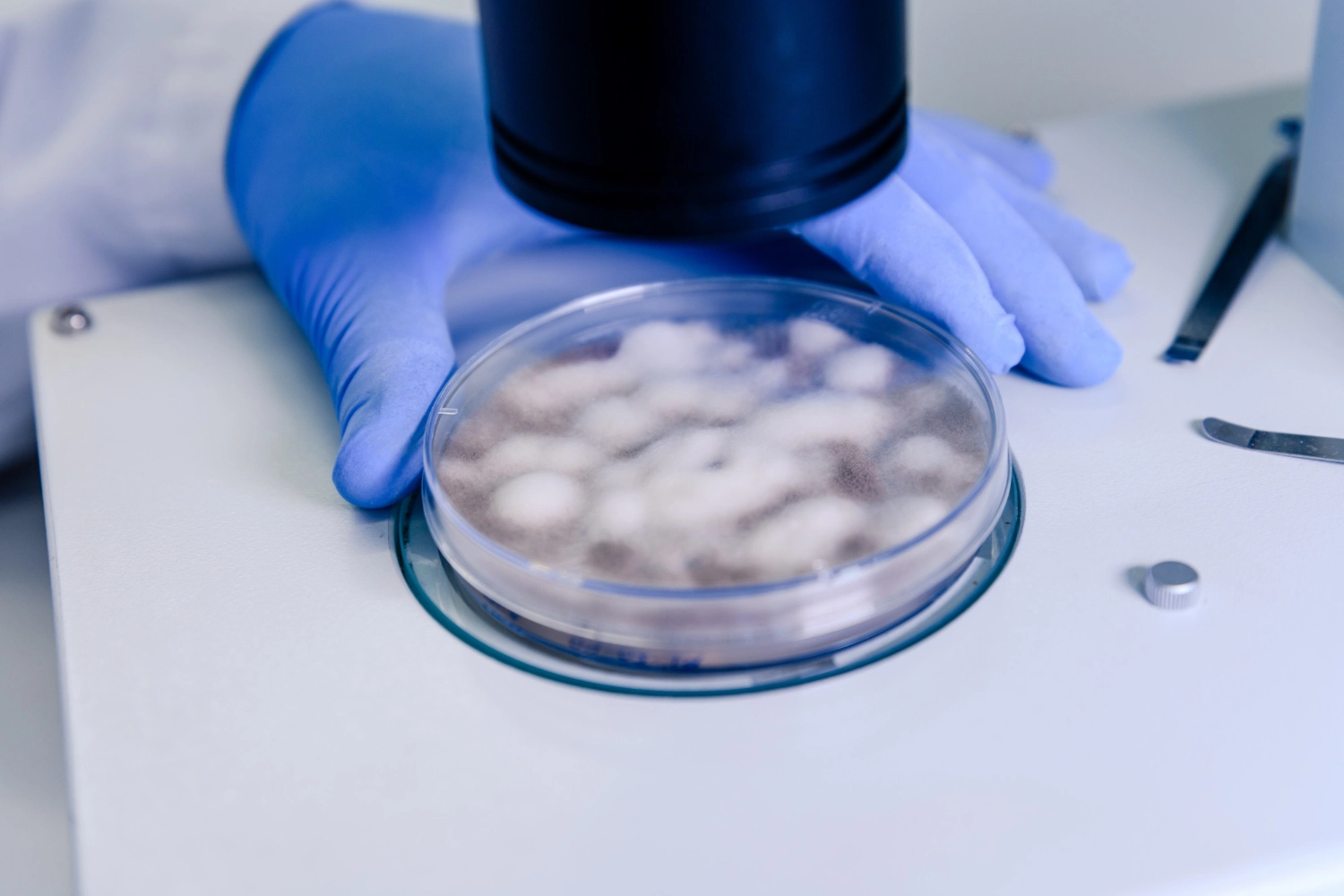
Semen storage, also known as semen freezing and sperm cryopreservation, is a process where a male partner freezes their sperm for future usage or donation. In this process, the semen and the sperm contained within are frozen. Once this is done, the sperm is then stored until further use. If the sperm is set for donation, it needs to be guaranteed for three to six months and screened for infections before it can be used for insemination. That said, the length of quarantine for the sperm varies depending on the screening tests.
The specifics of whether or not the semen freezing is right for you vary depending on your conditions. However, freezing sperm might be the right choice for you if you meet any of the following criteria:
There are many steps involved in the sperm/semen freezing process. A brief overview of how this process works is as follows:
A semen sample is collected through masturbation and kept in a sterile container. For this, the male patient needs to abstain from sex or masturbation for a minimum of two to five days.
In this step, the fresh semen samples are analyzed for sperm count, motility, and morphology under a high-powered microscope.
The collected sperms are then diluted in a cryoprotectant solution. This solution contains glycerol or similar agents protecting sperm from freezing damage.
The diluted sperms are slowly cooled to 4°C. This reduces sperm metabolism and preserves the sperm.
In this step, the sperms are frozen either by fast freezing in liquid nitrogen or slow programmable freezing in a machine. The best way to freeze sperm is through fast freezing, which leads to better post-thaw motility.
Once the sperms are frozen, the frozen sperms are then stored for the long term in liquid nitrogen at -196°C.
Once frozen, the sperms are thawed rapidly in a warm water bath at 37°C whenever needed.
In this step, the thawed sperm sample is analyzed again for sperm count and motility. The results are then used to determine how well the sperm survived the process of freezing and thawing.
As the final step of the sperm freezing process, the thawed sperms are used for various forms of assisted reproductive technology like in vitro fertilization (IVF) and intrauterine insemination (IUI).
If done at the right sperm freezing clinic, it is an extremely safe process. This is because no evidence of increased birth defects or chromosomal abnormalities exists. Furthermore, strict protocols are implemented to ensure this process is extremely safe.
Sperm freezing is typically a highly successful process. While there is somewhat a drop in pregnancy rates when compared to the use of fresh sperm, the overall success rate is still high.
The success rate of pregnancy for IVF treatment when a frozen sperm is used is 60% to 70% compared to 70% to 80% with fresh sperm. Furthermore, the post-thaw motility of frozen sperm is around 40% to 50%. While this is somewhat lower than fresh sperms, it is still within the count for healthy sperms.
You have a high degree of control regarding what happens to your sperm. Some of the aspects of control that you have over your sperm are as follows:
Furthermore, you can also withdraw or change your consent at any time you want.
Once frozen, your frozen sperm can be used for virtually all of your lifetime and more. There is no expiry date for the frozen sperm.
Should you forget or are not able to renew your consent to store your sperm at an appropriate time, your frozen sperm will be removed from the storage and disposed of naturally. If you do not wish to store your sperm, you must contact the clinic and fill out the relevant consent form.
If you want to use your sperm, you will need to have fertility treatment, which can include in vitro fertilization IVF, intrauterine insemination (IUI), or intracytoplasmic sperm injection (ICSI). Once the sperm is thawed, it would be used exactly like the fresh sperm.
If you don't use all of your sperm after sperm cryopreservation, there are a few ways you can use your sperm. Some of the things you can do if you don't use all of your sperm are as follows:
You can donate your frozen sperm to another couple who want to have a family but cannot start a family.
If you do not wish to donate the sperm to another couple, you can donate the sperm to use for training purposes. The sperm for training purposes is then used to train upcoming reproduction enthusiasts.
Another key thing you can do if you do not want your sperm is to donate them for research. The sperms can then be used to understand the causes of infertility and develop new treatments.
If you do not want to donate your sperm for any purpose, you can simply choose to dispose of the sperm after usage.
The cost of sperm freezing in Nepal vary based on your circumstances. That said, at Hardik IVF and the fertility center, the best IVF center in Nepal, you can get sperm semen-freezing treatment at the price range of NPR 50,000 to NPR 60,000 per cycle.
The cost of sperm freezing varies. However, the average cost of sperm or semen freezing in Nepal ranges from 50,000 to 60,000 in Nepali Rupees.
There are no known side effects or risks associated directly with the freezing process. The only potential side effect is that freezing and thawing can slightly reduce the motility and viability of sperm.
Yes, frozen sperm that has been stored in sperm banks can successfully lead to pregnancy through procedures like artificial insemination and in vitro fertilization.
There is no age limit, but the success rates start dropping after the age of 35.
The best place to freeze sperm is at a sperm freezing center like Hardik IVF or reputed sperm banks.